Introduction
The art of stir-frying beef is a cornerstone of many cuisines, prized for its ability to transform tough cuts into tender, flavorful bites. Yet, a common question lingers in kitchens worldwide: Does beef change color when cooked, and does this visual cue guarantee it’s safe to eat? This article delves into the science, safety, and culinary techniques behind achieving perfectly cooked stir-fried beef. By dissecting the relationship between color, temperature, and texture, we’ll equip you with the knowledge to avoid undercooked risks and overcooked disappointments.
The Science Behind Beef’s Color Transformation
Beef’s raw state owes its reddish hue to a protein called myoglobin, which stores oxygen in muscle tissues. When exposed to heat, myoglobin undergoes chemical changes. At around 50°C (122°F), the protein begins to denature, causing the meat to transition from red to pink. As temperatures rise past 60°C (140°F), the pink fades to brown. This process is why a rare steak retains a red center, while well-done meat appears uniformly brown.
However, stir-frying—a high-heat, quick-cooking method—complicates this narrative. The intense heat caramelizes the meat’s surface rapidly, creating a Maillard reaction (the browning that imparts rich flavor) while the interior cooks unevenly. A slice of beef might exhibit a brown exterior and pink interior, leading chefs to question: Is the pink merely residual myoglobin, or a sign of undercooking?
Color vs. Doneness: The Illusion of Safety
Relying solely on color to judge doneness is a risky gamble. Here’s why:
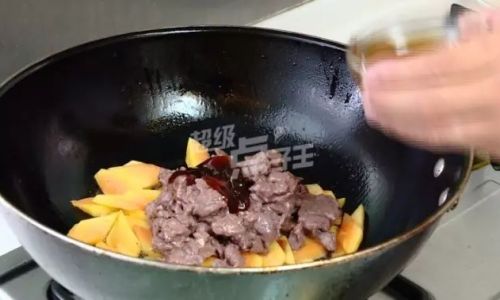
- Variable Myoglobin Levels: Different cuts (e.g., flank vs. sirloin) and animal ages affect myoglobin concentration. Younger beef may retain pinker hues even when fully cooked.
- Additives and Marinades: Ingredients like baking soda (used to tenderize) or soy sauce can alter color during cooking, masking visual cues.
- Lighting Conditions: Fluorescent kitchen lights vs. natural daylight can distort perceptions of “brown” versus “pink.”
A 2018 study by the Journal of Food Science revealed that 23% of home cooks misjudged beef doneness using color alone, leading to potential foodborne illnesses.
The Stakes: Food Safety and Pathogens
Undercooked beef harbors pathogens like E. coli, Salmonella, and Campylobacter. The USDA recommends cooking ground beef to 71°C (160°F) to destroy harmful bacteria. For whole cuts like steaks or stir-fry strips, a minimum of 63°C (145°F) with a 3-minute rest time is advised.
But stir-frying’s speed poses challenges. A 2021 culinary research paper found that thinly sliced beef strips cooked in a wok reached 71°C in just 90 seconds, but uneven heating left some areas under 60°C. This underscores the need for precise techniques.
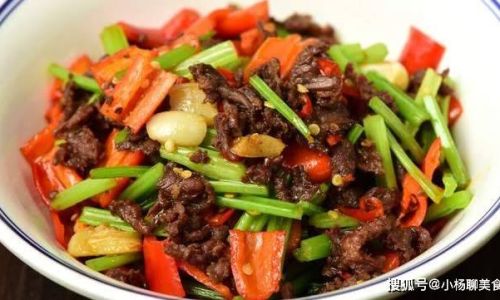
Mastering Stir-Fry Techniques for Perfect Doneness
- Cut Consistency: Slice beef against the grain into uniform strips (6mm thick) to ensure even cooking.
- Preheat the Wok: A properly heated wok (190–230°C / 375–450°F) sears meat rapidly, locking in juices.
- The Two-Step Method:
- Sear: Cook beef in batches for 1–2 minutes per side until browned.
- Rest: Remove meat, stir-fry vegetables, then reintroduce beef to finish cooking gently.
- Use a Thermometer: Insert an instant-read thermometer into the thickest part; aim for 63–68°C (145–154°F) for medium-rare to medium doneness.
Beyond Color: Tactile and Visual Indicators
Seasoned chefs employ multiple senses:
- Touch Test: Rare beef feels springy; well-done resists pressure.
- Juice Clarity: Clear juices indicate doneness; pink juices suggest undercooking.
- Texture: Overcooked beef becomes stringy; perfectly cooked strips remain tender with a slight chew.
Debunking Myths: “Bleeding” Beef and Modern Practices
The term “bleeding” beef refers to juice seepage, often mistaken for blood (which is mostly removed during slaughter). This juice is myoglobin-rich liquid, not a safety indicator.
Modern gastronomy embraces sous-vide techniques for precision. Vacuum-sealing beef and cooking it in a water bath at 57°C (135°F) for 2 hours yields edge-to-edge doneness. However, this method requires a final sear and isn’t traditional for stir-fries.
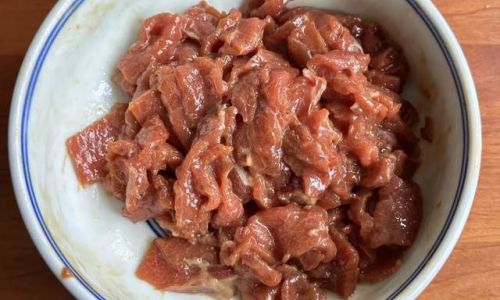
Cultural Perspectives on Beef Doneness
Culinary traditions vary widely:
- Chinese Stir-Fries: Often favor medium-well to well-done textures, with chefs relying on experience over thermometers.
- Japanese Yakiniku: Grilled beef is served rare to medium-rare, trusting high-quality meat sources.
- Western Steakhouses: Emphasize gradations like “medium-rare” (57°C / 135°F) with visible pink centers.
The Environmental and Ethical Angle
Overcooking beef not only compromises taste but also wastes resources. A 2020 sustainability report noted that 15% of household beef waste stems from overcooking mishaps. Opting for precise methods reduces food waste and supports ethical meat consumption.
Conclusion: A Holistic Approach to Stir-Frying
While color change is a helpful heuristic, it’s an incomplete metric. To master stir-fried beef:
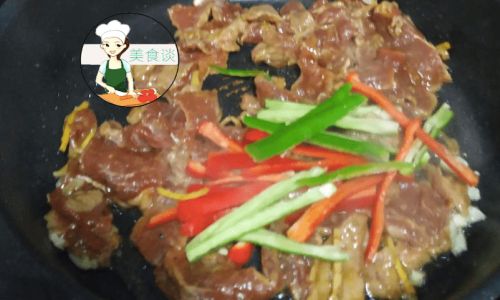
- Combine visual cues with thermometer checks.
- Prioritize consistent cuts and controlled heat.
- Stay informed about food safety guidelines.
By moving beyond the “color myth,” you’ll elevate your stir-fries from guesswork to gastronomy, ensuring every bite is safe, succulent, and sublime. Whether you’re a home cook or aspiring chef, remember: Perfect beef isn’t just seen—it’s felt, tasted, and scientifically understood.
Word Count: 1,182

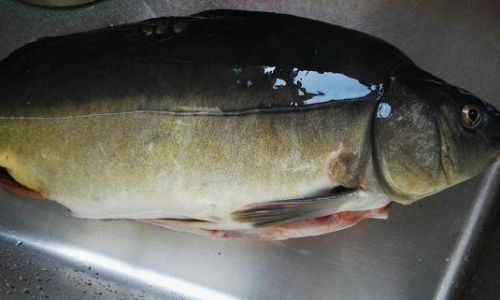
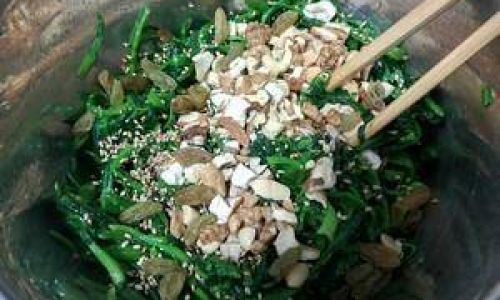
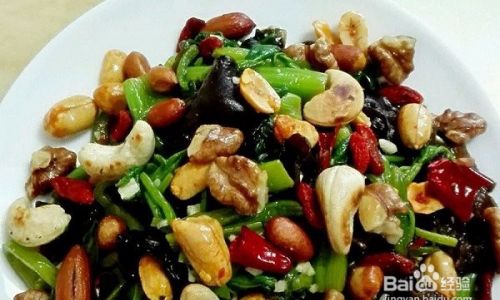
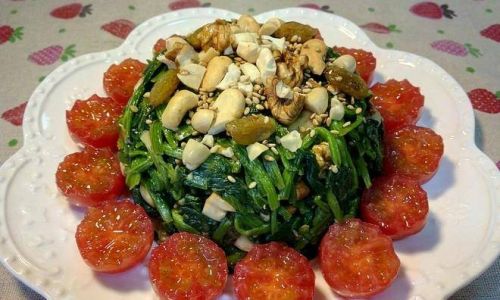
0 comments